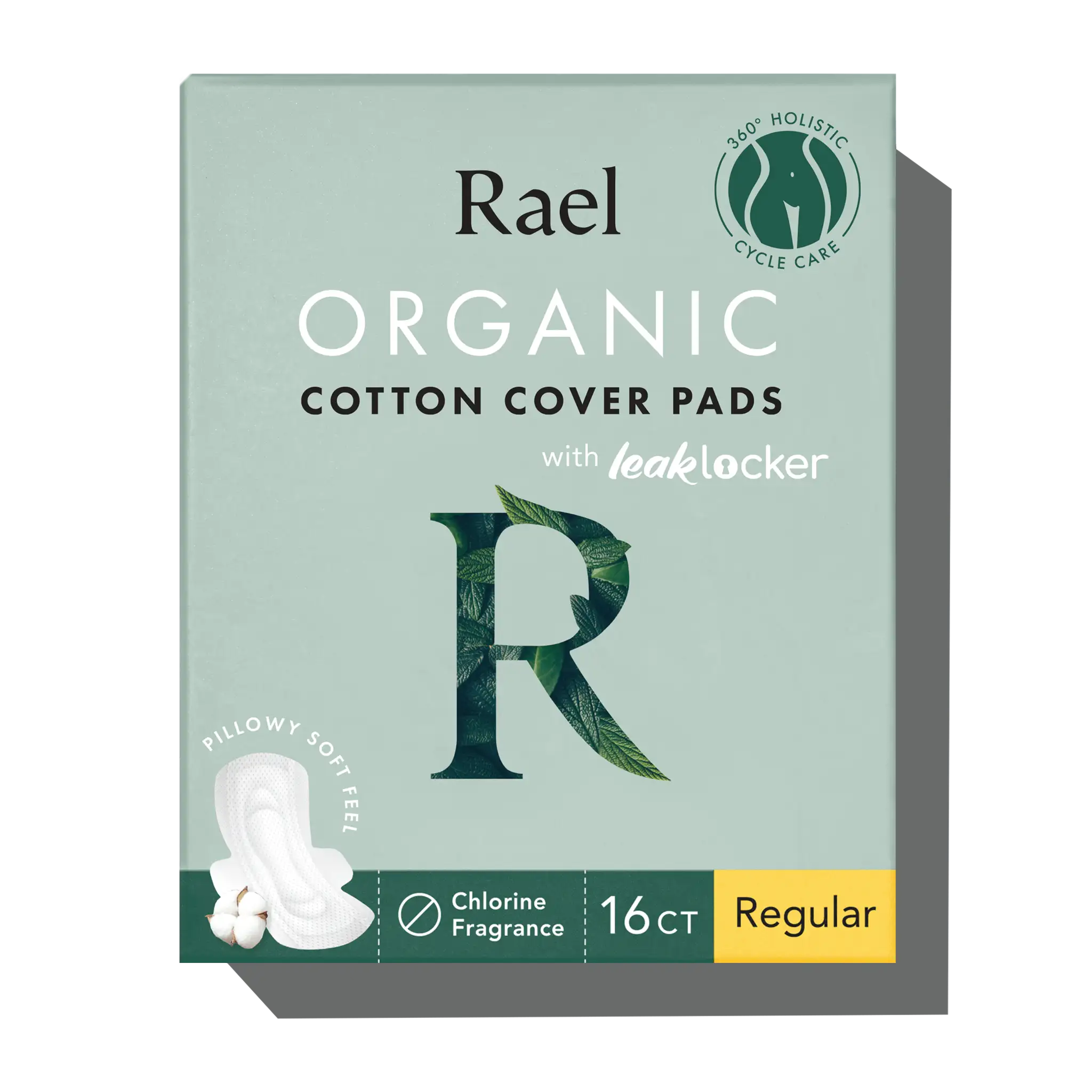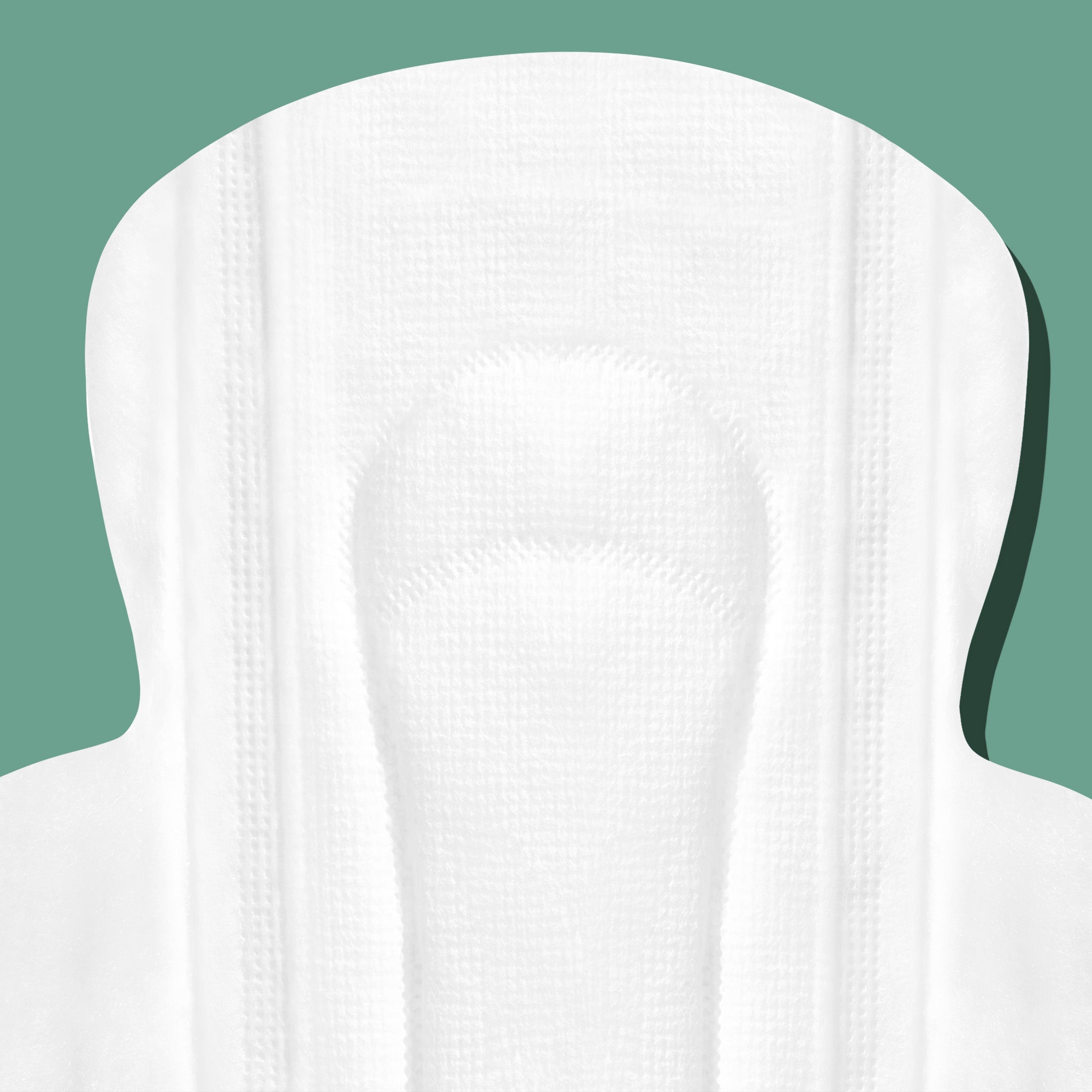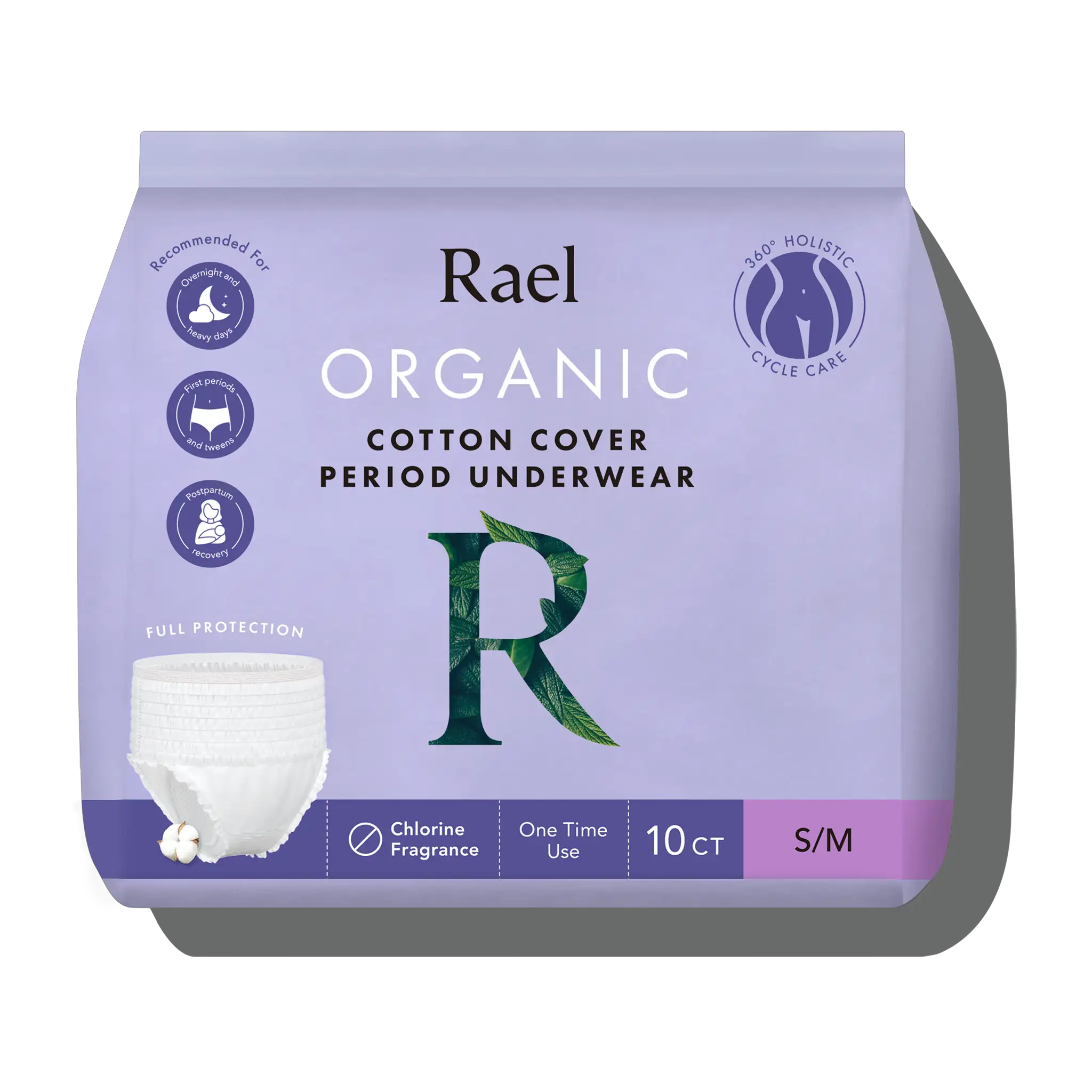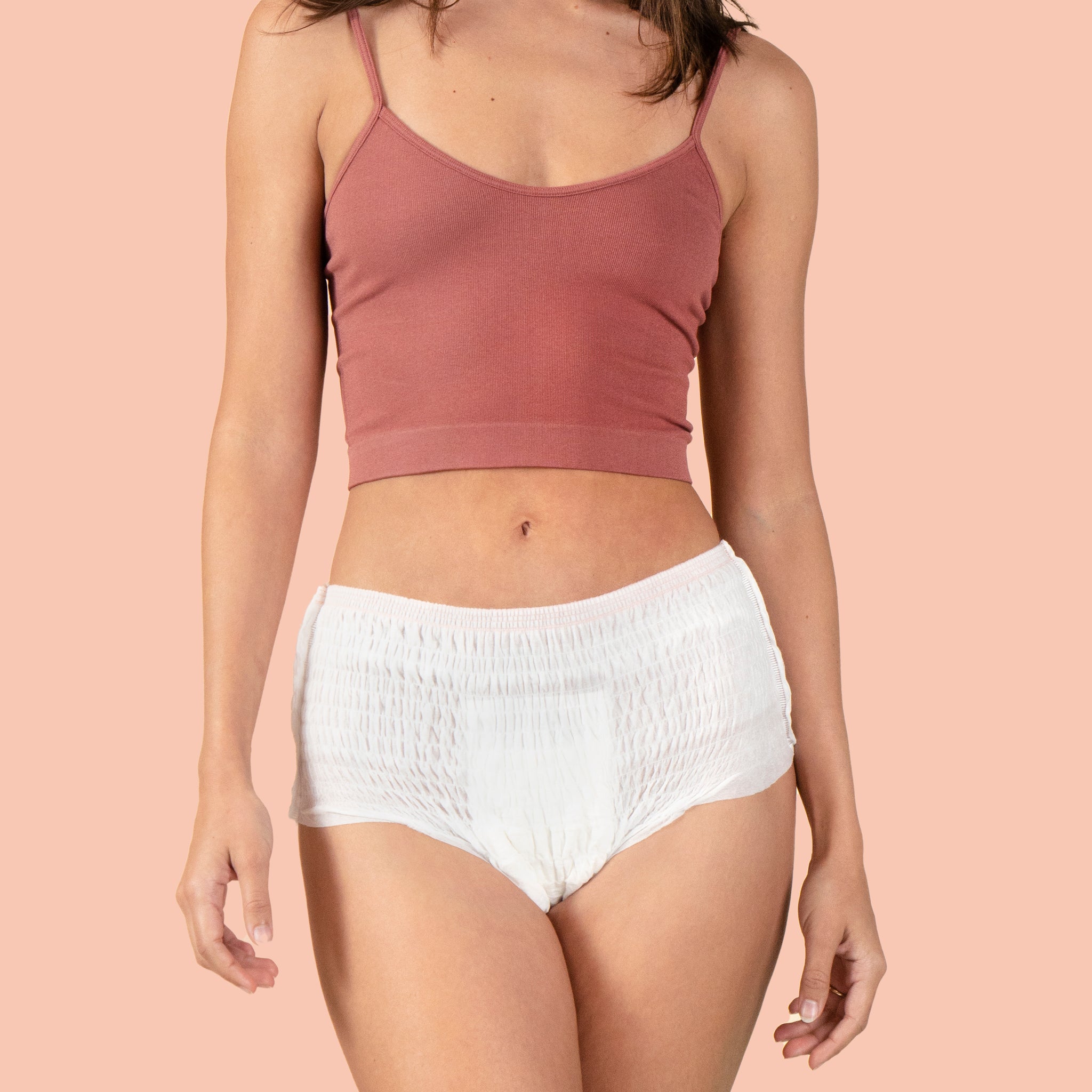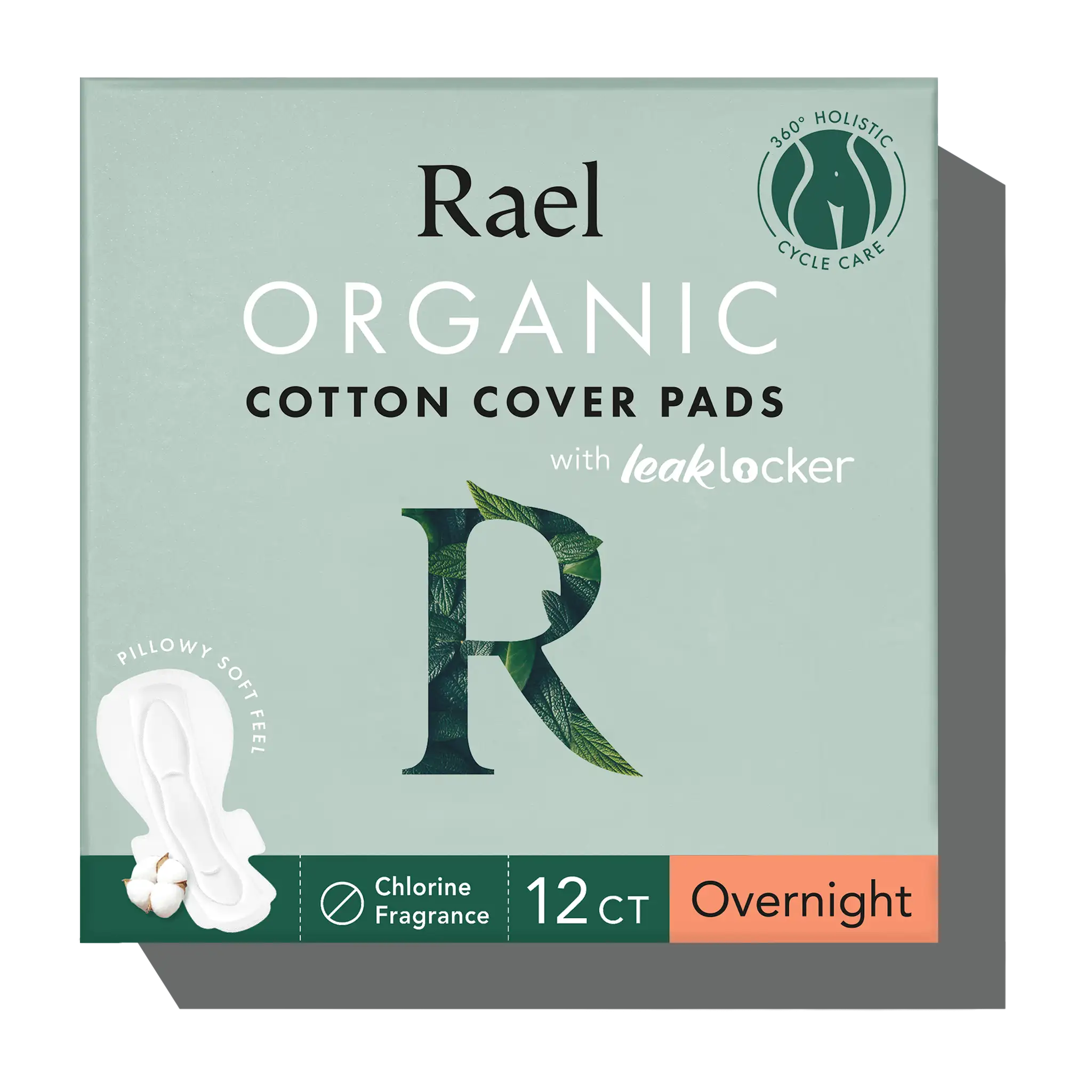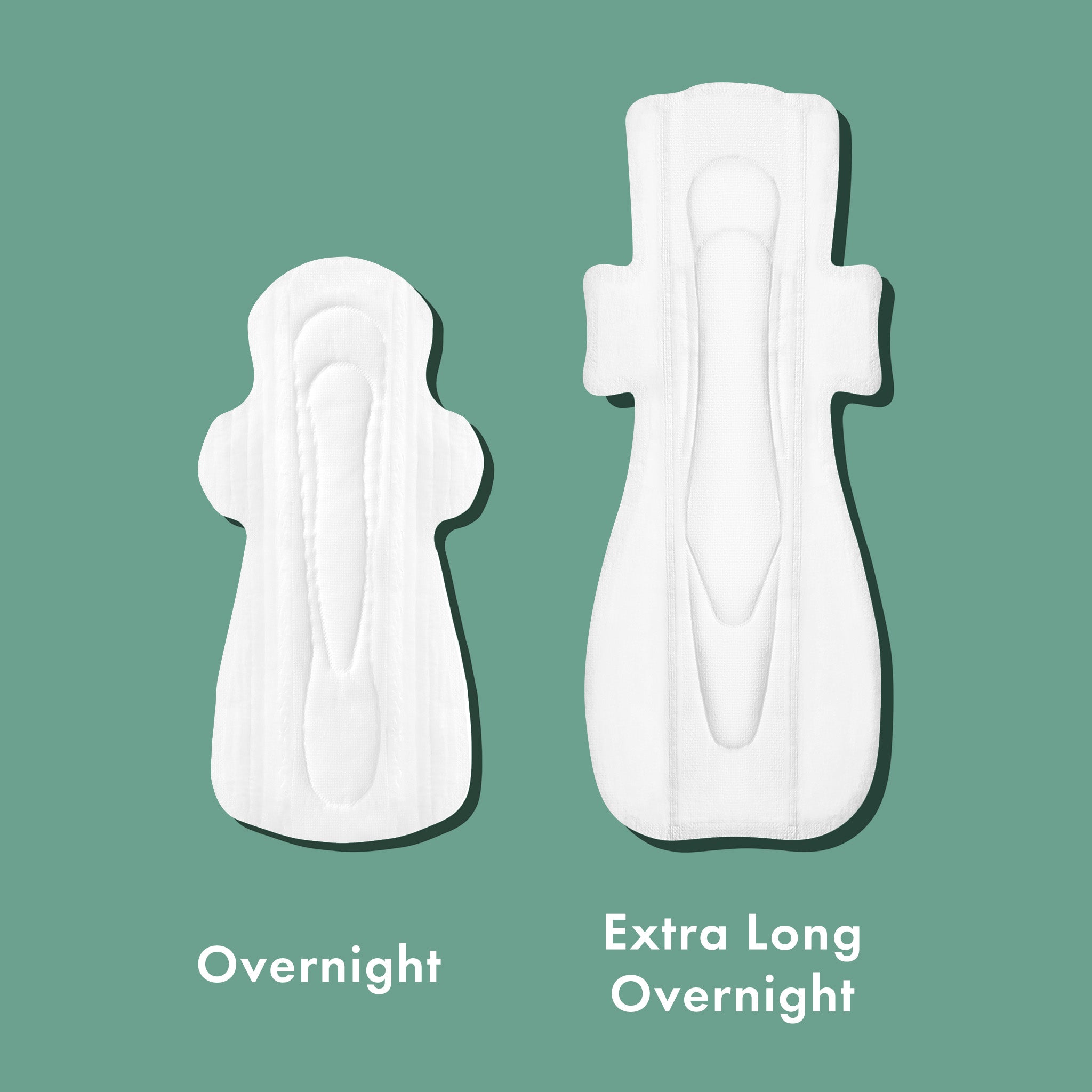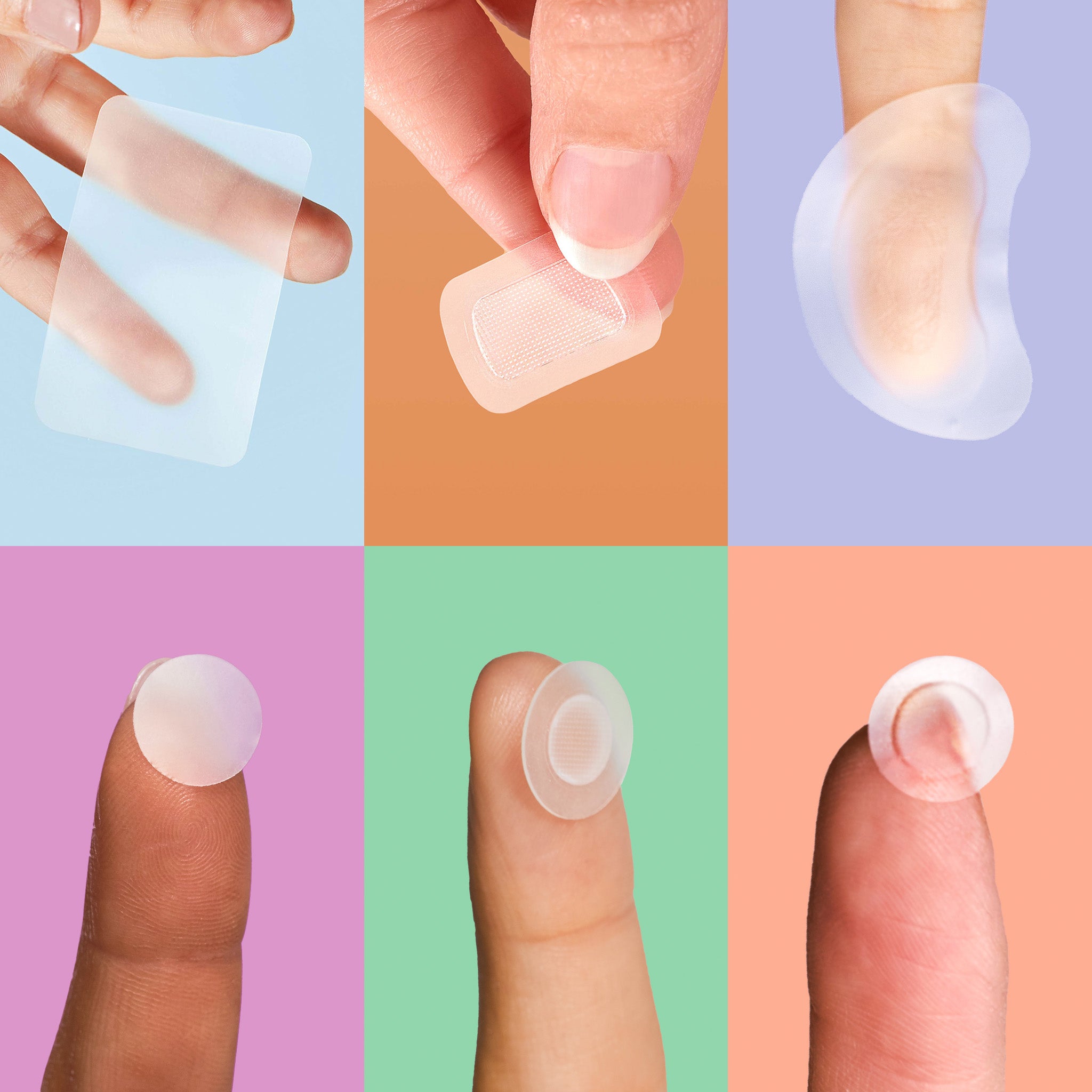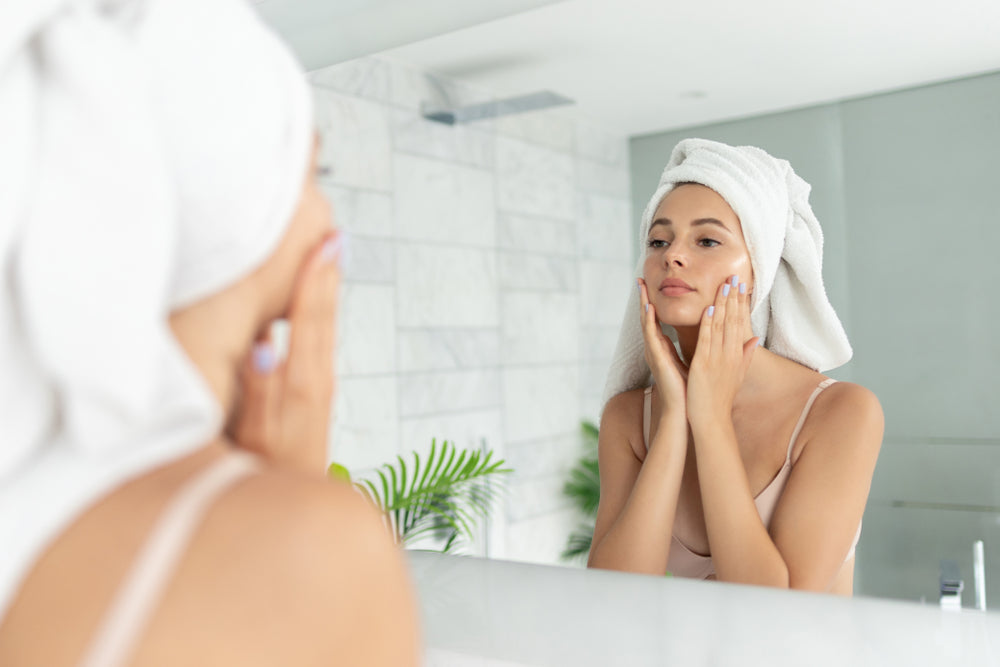Unlike their surface-level counterparts, blind pimples lurk beneath the skin, forming painful, invisible bumps that test our patience and resilience. This guide not only demystifies each stage of a blind pimple's development, but also arms you with effective strategies to navigate these turbulent waters. Learn how to manage and mitigate the impact of blind pimples on your journey to a clearer, healthier complexion.
What are Blind Pimples?
Blind pimples, also known as cystic acne or nodular acne, are a severe form of acne that can be painful and challenging to treat. These pimples develop deep within the skin, unlike regular pimples or whiteheads that appear on the surface. Blind pimples are firm, red bumps that can be tender to the touch and often leave scars if not properly treated. For people wondering, “Why am I getting cystic acne all of a sudden,” this may be the perfect read for you.
According to Dr. Zeichner, a board-certified dermatologist and Director of Cosmetic and Clinical Research in Dermatology, "Blind pimples, or cystic acne lesions, are caused by a combination of factors including hormonal changes, excess oil production, and bacterial overgrowth within the pores." [3]
These types of acne lesions are typically associated with inflammatory acne, a more severe form of acne vulgaris that can lead to scarring and long-lasting skin issues.
The Developmental Stages of a Blind Pimple
Blind pimples go through different stages of development, each with distinct characteristics and symptoms. Understanding these stages of a pimple can help you better manage and treat these stubborn acne lesions.
Early Formation
In the early stages, a blind pimple begins as a small, painless bump under the skin's surface. This is often the result of a clogged pore or hair follicle that becomes inflamed due to excess oil (sebum), dead skin cells, and bacteria buildup, particularly the Cutibacterium acnes (formerly known as Propionibacterium acnes or P. acnes) bacteria.
At this point, the pimple may not be visible on the skin's surface, but you may feel a firm, tender area beneath.
Progression and Pain
As the blind pimple progresses, it becomes more inflamed and painful. The bump may grow larger and redder, and you may experience throbbing or aching sensations in the affected area. This is due to the body's inflammatory response as it attempts to fight off the bacterial infection and clear the clogged pore.
Peak
At its peak, a blind pimple can be extremely painful and swollen. The area may appear red, hot to the touch, and tender. Some blind pimples may develop a whitehead or come to a head, indicating that the pus and debris are trying to work their way out of the skin. However, many blind pimples remain deep under the skin's surface, making them difficult to extract or drain.
Healing Phase
If left untreated or improperly treated, a blind pimple can take several weeks or even months to heal fully. During the healing phase, the inflammation and swelling will gradually subside, and the pimple may leave behind a dark spot or scar if it was particularly severe or picked at.
How Long Does a Blind Pimple Last?
The duration of a blind pimple can vary greatly depending on its severity and how quickly it is treated. Mild to moderate blind pimples may last anywhere from 7 to 14 days with proper treatment. However, more severe cases can persist for several weeks or even months if left untreated or if the treatment is ineffective.
How to Treat Blind Pimples
Treating blind pimples requires a multifaceted approach that addresses the underlying causes and helps reduce inflammation and pain. Here are some effective treatment options:
- Over-the-counter topical treatments: Consider incorporating Rael's Miracle Clear Soothing Spot Gel into your acne skin care routine. This can prevent acne-causing bacteria from spreading across your face, while providing target treatment without further drying your complexion.
- Gentle exfoliating cleanser: Try Rael's Miracle Clear Exfoliating Cleanser, which contains gentle exfoliating ingredients like salicylic acid and succinic acid, to help unclog pores and remove dead skin cells, leaving your skin feeling refreshed and rejuvenated.
- Acne-fighting serum: Serums like Rael's Miracle Clear Serum are formulated with potent ingredients like niacinamide, which helps to reduce inflammation, control excess oil production, and promote a clearer complexion.
- Pimple patches: Hydrocolloid acne patches, like Rael's Miracle Patch, can help absorb fluids and protect the area from further irritation [3]. If you’re wondering, “Do pimple patches work on cysts,” these may be a good place to start experimenting.
These products offer targeted solutions to address blind pimples effectively while promoting overall skin health and preventing future breakouts. Investing in advanced skin care sets that target each stage of a pimple will help minimize pesky zits, blind or surface-level.
At Rael, we offer a range of clean skin care products specifically designed for acne-prone skin, including face washes and serums that can help treat and prevent blind pimples that frequently appear during your period.
When to See a Dermatologist
While some blind pimples may respond to over-the-counter treatments, it's important to seek professional help from a dermatologist if:
- The blind pimple is extremely painful, large, or persists for more than a few weeks.
- You experience recurrent or severe blind pimples that don't respond to home remedies or treatments.
- The blind pimple is accompanied by fever, significant swelling, or other concerning symptoms.
- You suspect the pimple may be a different condition, such as hidradenitis suppurativa or an ingrown hair.
- A dermatologist can evaluate the severity of your condition and provide effective medical acne treatments to help manage and prevent future breakouts and blind pimples.
6 Prevention Tips for Blind Pimples
Blind pimples can be tricky to deal with because you can't see them, but you can definitely feel them. To help prevent these hidden nuisances, understanding how to care for your skin and adjust your daily habits is key. Here's how you can keep your skin healthier and minimize the chance of blind pimples popping up:
- Stick to a Simple Skin Care Routine: Use products that are kind to your skin and don't block pores. A straightforward routine of cleansing your face gently in the morning and before bed can help keep your skin clean without irritating it.
- Be Gentle with Exfoliation: Removing dead skin cells is important, but harsh scrubbing can do more harm than good. Opt for a mild exfoliator once or twice a week to help keep your pores clear without aggravating your skin.
- Watch Your Diet, But Don't Stress Over It: While no food directly causes blind pimples, knowing what to eat on your period can support your skin's health. Focus on eating plenty of vegetables, fruits, and whole grains, and drink water throughout the day to stay hydrated.
- Find Your Stress Relief: Stress doesn't cause blind pimples directly, but it can lead to habits like face-touching or neglecting your skincare routine. Whether it's through exercise, reading, or meditation, finding ways to relax can indirectly help keep your skin clear.
- Be Aware of Your Face-Touching Habits: Our hands come into contact with all sorts of dirt and bacteria, which can transfer to our face and contribute to breakouts. Try to keep your hands away from your face as much as possible.
- Consider Your Hair Products: If you're experiencing breakouts around your hairline or forehead, your hair products might be to blame. Look for hair care items that are labeled as non-comedogenic.
At Rael, we offer a range of advanced products for acne-prone skin, including our sheet mask and other targeted solutions to help keep your skin clear and healthy. By following a consistent skin care routine, making lifestyle adjustments, and seeking professional help when needed, you can effectively prevent the formation of painful, stubborn blind pimples.
Sources
- Zaenglein AL, Thiboutot DM. Acne vulgaris. In: Bolognia JL, Schaffer JV, Cerroni L, eds. Dermatology. 4th ed. Elsevier; 2018:chap 37. Accessed March 13, 2024.
- Bickers DR, Lim HW, Margolis D, et al. The burden of skin diseases. J Am Acad Dermatol. 2006;55(3):490-500. doi:10.1016/j.jaad.2006.05.048. Accessed March 13, 2024.
- Tan AU, Schlosser BJ, Paller AS. A review of diagnosis and treatment of acne in adult female patients. Int J Womens Dermatol. 2018;4(2):56-71. doi:10.1016/j.ijwd.2017.10.006. Accessed March 13, 2024.
- Dréno B, Pécastaings S, Corvec S, Veraldi S, Khammari A, Roques C. Cutibacterium acnes (Propionibacterium acnes) and acne vulgaris: a brief look at the latest updates. J Eur Acad Dermatol Venereol. 2018;32 Suppl 2:5-14. doi:10.1111/jdv.15043. Accessed March 13, 2024.
- Zaenglein AL, Pathy AL, Schlosser BJ, et al. Guidelines of care for the management of acne vulgaris. J Am Acad Dermatol. 2016;74(5):945-973.e33. doi:10.1016/j.jaad.2015.12.037. Accessed March 13, 2024.
